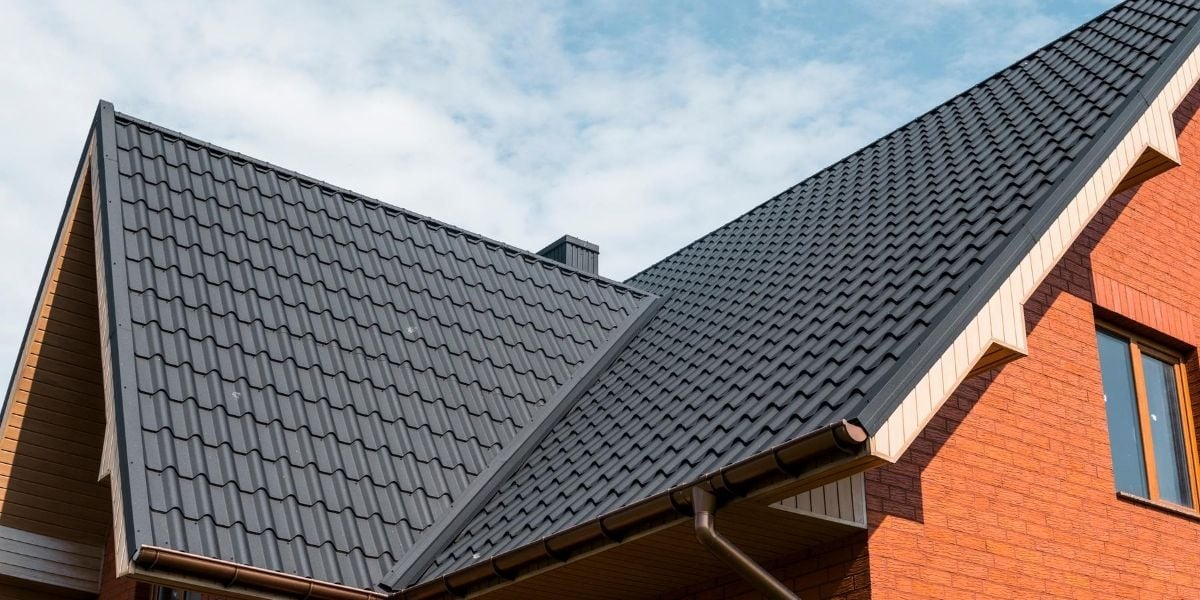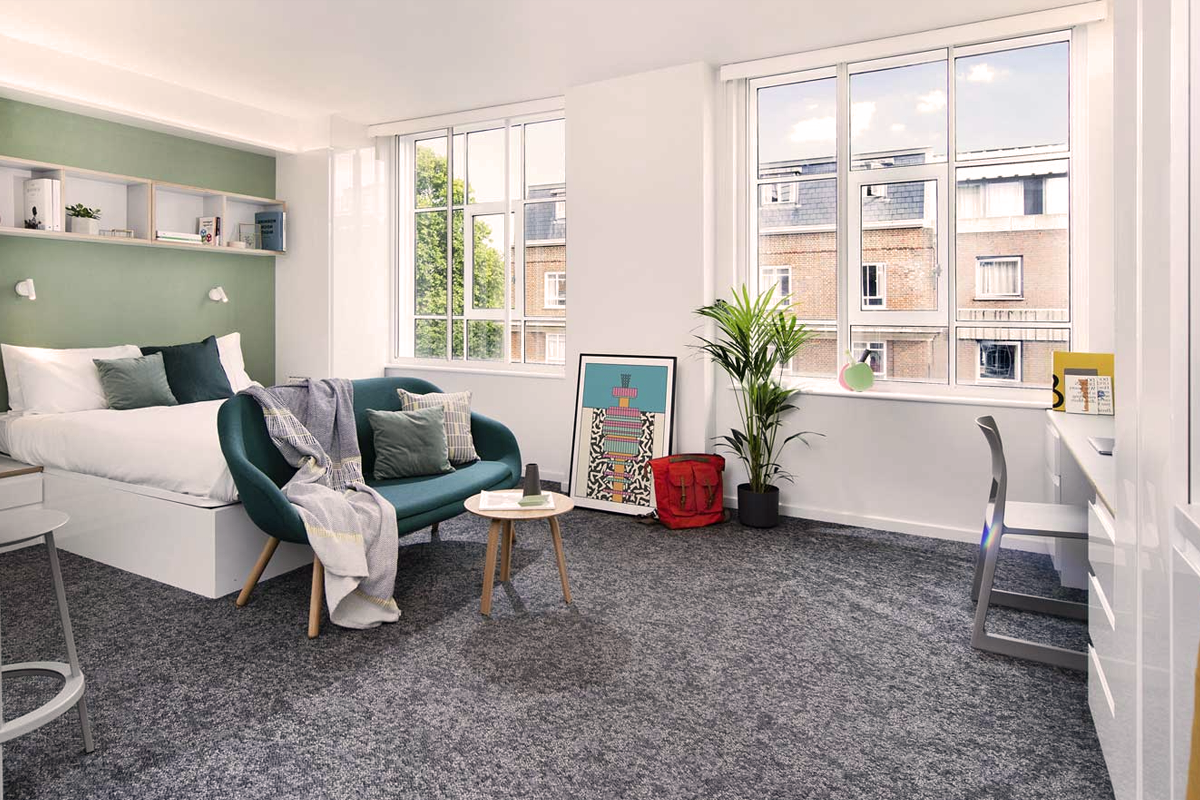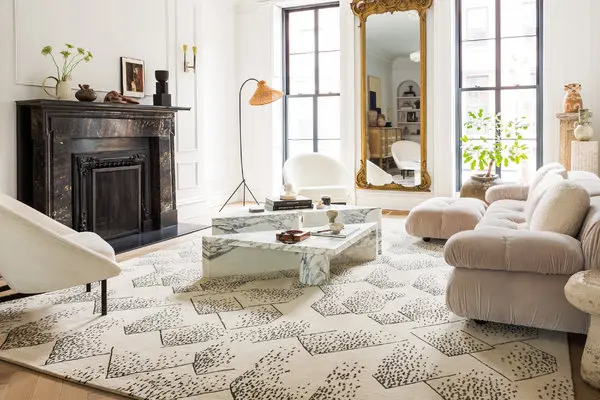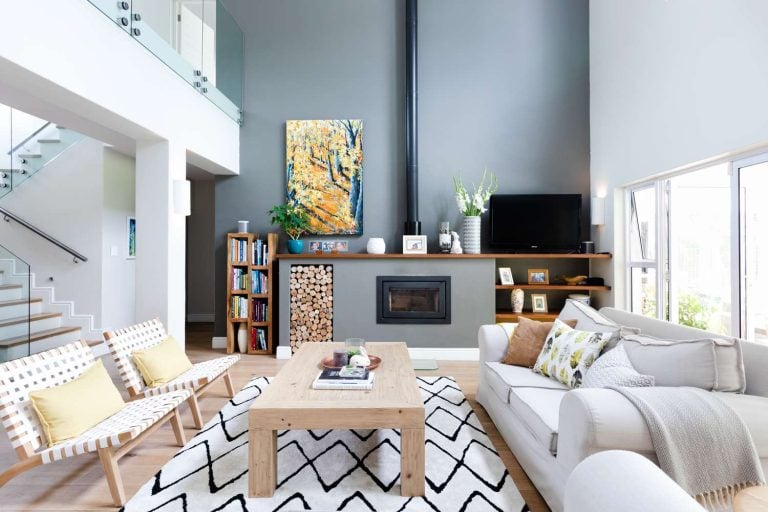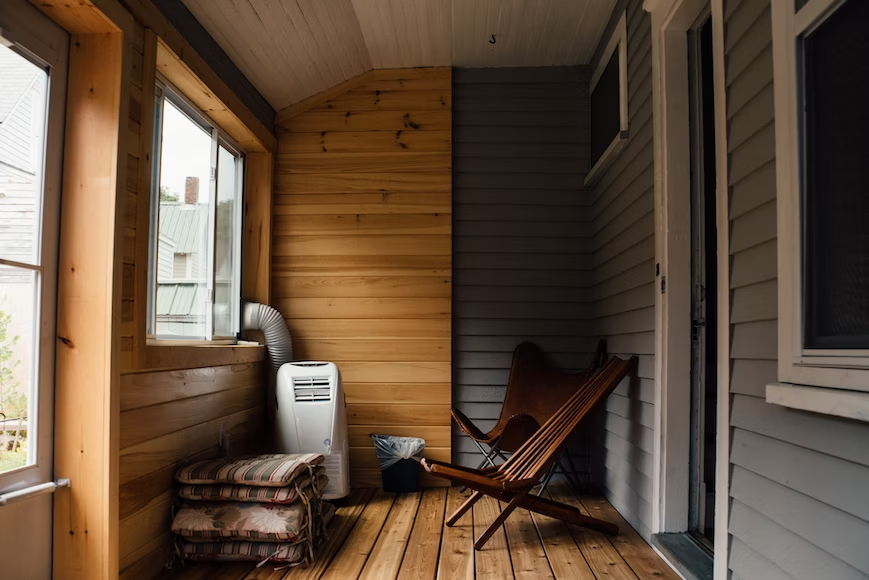Innovative Design: Unleashing Creativity with Wood Effect Tiles
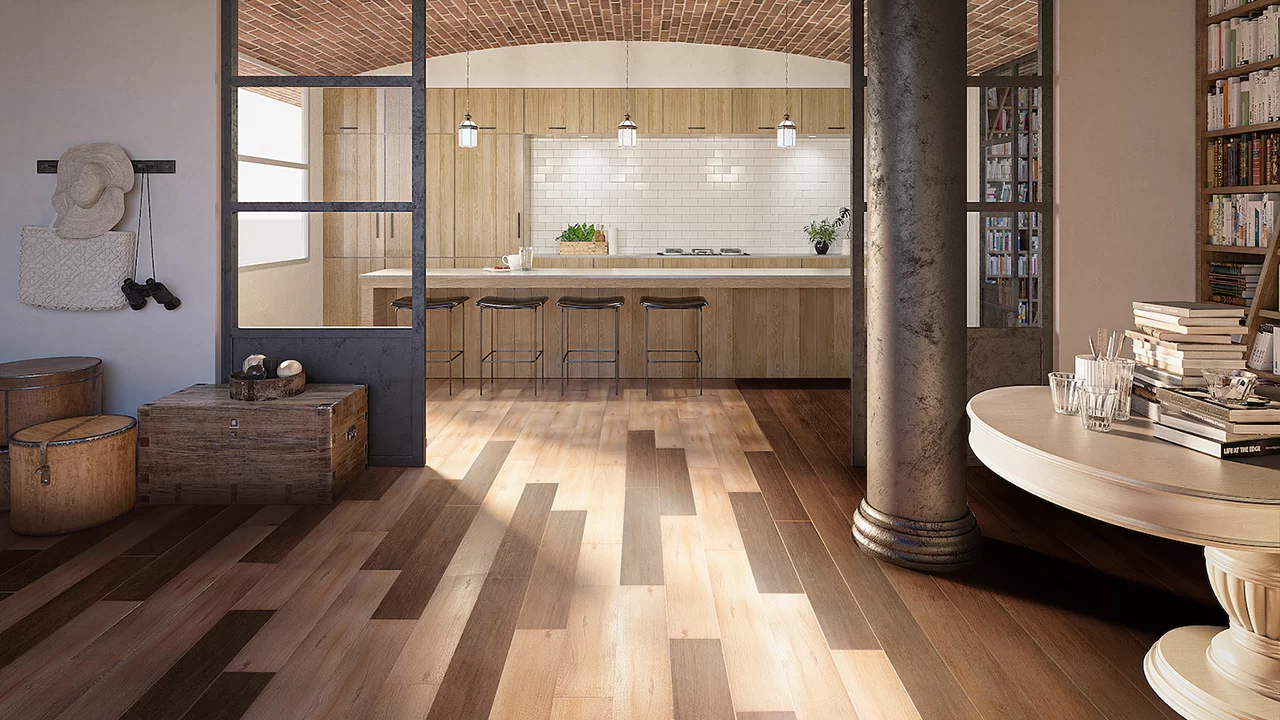
Table of Contents
Wood effect tiles have revolutionized interior design, offering a versatile alternative to traditional hardwood floors. With their realistic appearance and durable properties, these tiles provide endless possibilities for creative expression in kitchen design.
In this article, we will explore the diverse range of patterns, layouts, and installation techniques that can be achieved with wood effect tiles, showcasing their ability to add character and charm to any kitchen space.
Discovering Ca’ Pietra Tiles:
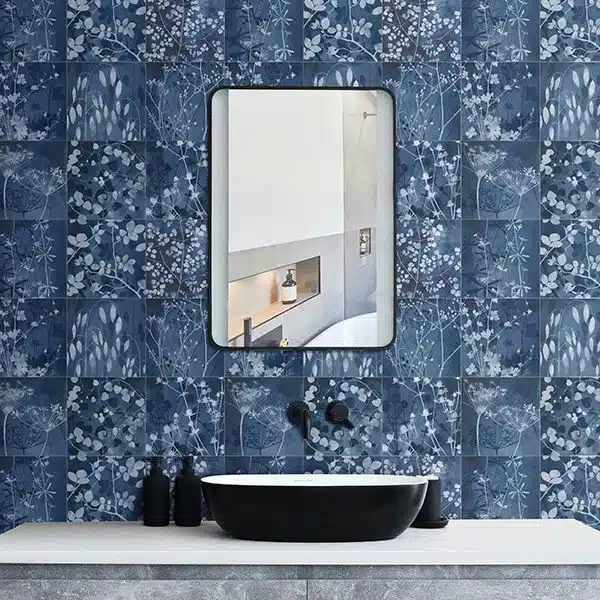
For homeowners seeking premium wood effect tiles to elevate their kitchen design, Ca’ Pietra tiles offer a stunning selection of options.
Available in a variety of finishes and colors, Ca’ Pietra tiles, which are readily available at hyperiontiles.co.uk, provide the perfect blend of aesthetic appeal and durability.
Embracing Creative Patterns:
One of the key advantages of wood effect tiles is their ability to mimic the natural variations found in real wood. From intricate grain patterns to knots and imperfections, these tiles offer a level of realism that is unmatched by other flooring options.
By embracing creative patterns, such as herringbone, chevron, or basket weave layouts, homeowners can add visual interest and personality to their kitchen floors.
Experimenting with Layouts:
In addition to patterns, the layout of wood effect tiles can also dramatically impact the overall aesthetic of the kitchen. Whether laid in a traditional staggered pattern, a modern linear layout, or a geometric design, the possibilities are endless.
By experimenting with different layouts, homeowners can achieve unique looks that reflect their individual style and preferences.
Creating Focal Points:
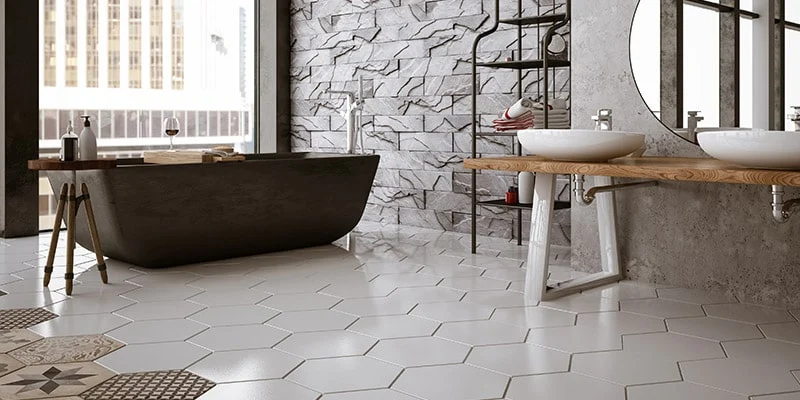
Wood effect tiles can also be used to create focal points within the kitchen, drawing attention to specific areas such as islands, breakfast bars, or cooking zones.
By incorporating contrasting tile colors or laying tiles in a distinctive pattern, homeowners can make these areas stand out and add visual intrigue to the space.
Enhancing Visual Space:
Another benefit of wood effect tiles is their ability to enhance the visual space of the kitchen. Light-colored tiles can make a small kitchen feel larger and more open, while darker tiles can add warmth and coziness to larger spaces.
By strategically choosing tile colors and layouts, homeowners can create the illusion of space and make their kitchen feel more inviting.
Incorporating Borders and Accents:
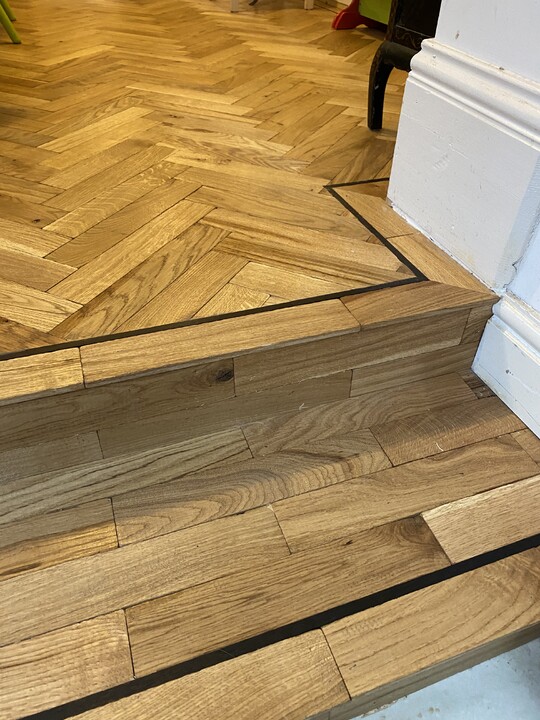
To add further interest to wood effect tile floors, homeowners can incorporate borders and accents into their design.
Whether using contrasting tiles to create a border around the perimeter of the room or adding decorative accents in strategic locations, these details can elevate the overall look of the kitchen and tie the design together.
Maintaining Durability and Practicality:
Beyond their aesthetic appeal, wood effect tiles offer practical benefits for kitchen environments. Unlike real wood, these tiles are resistant to moisture, scratches, and stains, making them ideal for high-traffic areas such as kitchens.
With minimal maintenance and long-lasting durability, wood effect tiles provide the perfect combination of style and functionality for modern kitchens.
Conclusion:
Wood effect tiles are a versatile and stylish choice for kitchen design, offering endless possibilities for creativity and expression. Whether experimenting with patterns, layouts, or accents, homeowners can unleash their imagination and create a kitchen that is truly unique and inviting.
With the durability and practicality of tiles combined with the natural beauty of wood, it’s no wonder that wood effect tiles are becoming a popular choice for kitchen floors.

